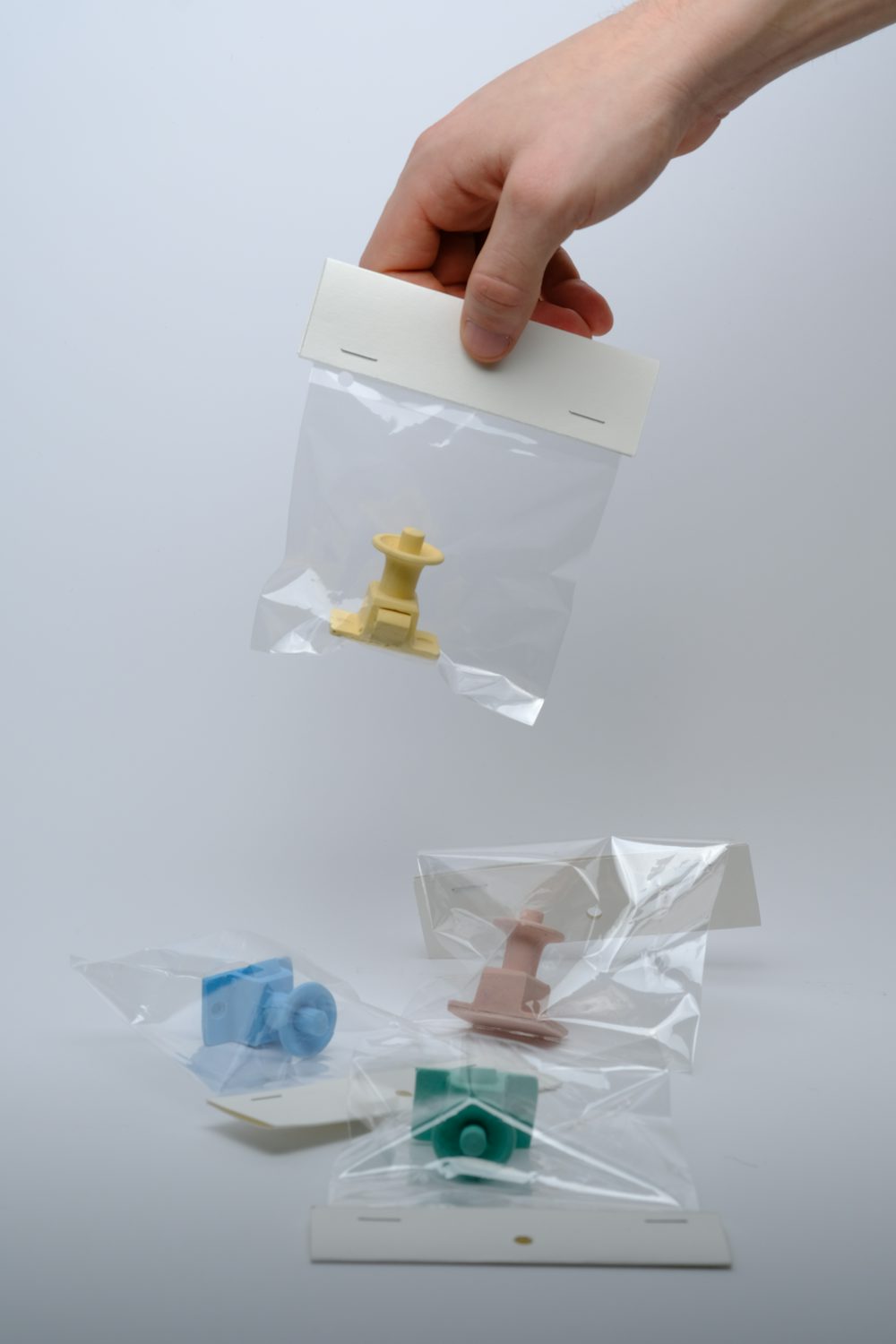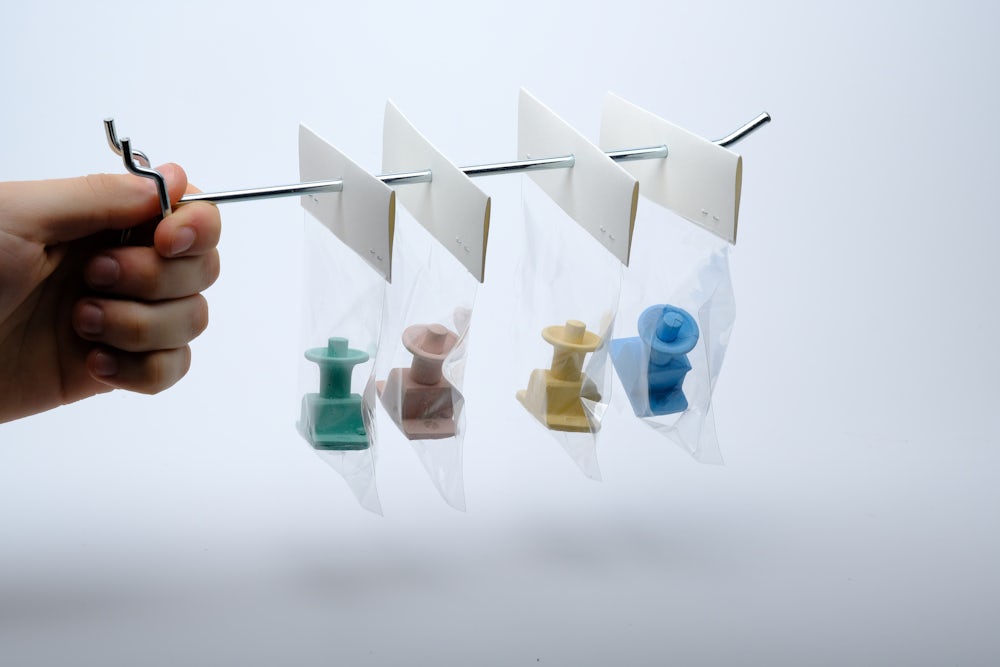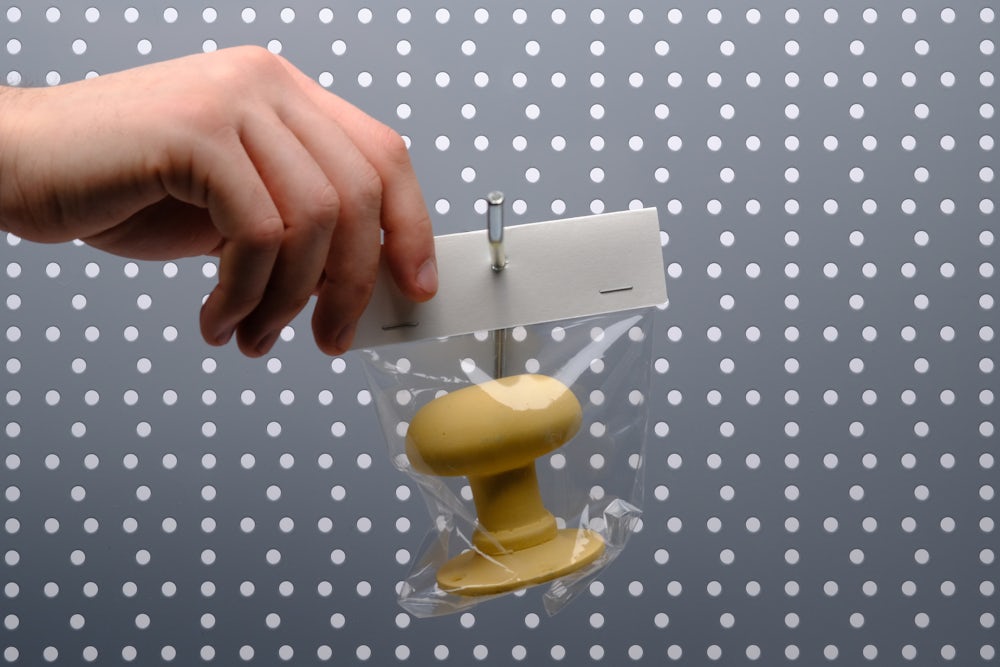Christopher Scarffe
"Subversive Souvenirs"
Keywords: objects, photography, materials, memory, archival practice
People collect souvenirs to remind themselves of a specific moment or place. The physical presence of this object helps to “freeze in time a fleeting transitory experience…”.1 In its contemporary, commercialised form, souvenirs are often benign clichés of the places they represent. Nevertheless, as they permeate almost all major tourist sites across the world, souvenirs become reference points, or rather, ‘symbolic shorthand’ for the cultural heritage of a particular place.2
For instance, many of London’s tourists will want to take something with them as a memento of their trip. Some are happy with photographs or ‘authentic’ local produce, but many seek out the miniaturised icons or ‘symbols’ that populate gift shops. However, such static, two-dimensional representations fail to capture the heterogeneous culture of a city that is historically diverse and ever-changing. Once the heart of the British Empire, colonialism and globalisation have shaped London’s physical and cultural presence, while influencing individual experience. Recently, rapid gentrification has transformed the character of London, swelling house prices and creating an unstable rental market.
My experience of London is one that is undeniably transient in nature: dominated by short-term rental properties and destabilised by no-fault-evictions. Using this as an alternative yet ‘authentic’ London experience, my project seeks to challenge the homogenous perspective projected onto the shelves of the city’s gift shops. However, the project also seeks to celebrate the method of mediation deployed by commercialised souvenirs. Through playful kitschiness, symbols are often repurposed with novel functionality, scales manipulated and materiality reimagined, which has the potential to give an object new meaning or authority.
By harnessing this method of mediation I aim to create a collection of ‘subversive souvenirs’ from the rental property that I am soon to vacate. Like many rental properties, my flat reveals physical traces of past occupancies. Most notable are the mismatched door handles, of which no two are the same. Some of the door handles are still original and thus would have shook hands with all the tenants who lived there since its construction in the 1950s. Others were replaced more recently as previous door handles failed. The resultant strata throughout the property make me a part of something much more permanent than the temporal nature of my stay here suggests.
The door handles will be re-materialised without original function, repurposed as a keychain, a fridge magnet, a paper weight or a coat hook. The functionality of the objects is irrelevant, simply a method of inserting the souvenir into everyday life where the object can help to locate, define and give tangibility to a place and time that is soon to otherwise only exist in memory.
Gordon, Beverly. “The Souvenir: Messenger of the Extraordinary”, The Journal of Popular Culture, vol. 20, pp. 135-146. ↩
Storefront for Art and Architecture 2017, Souvenirs: New New York Icons,(accessed, November 13, 2019). ↩





